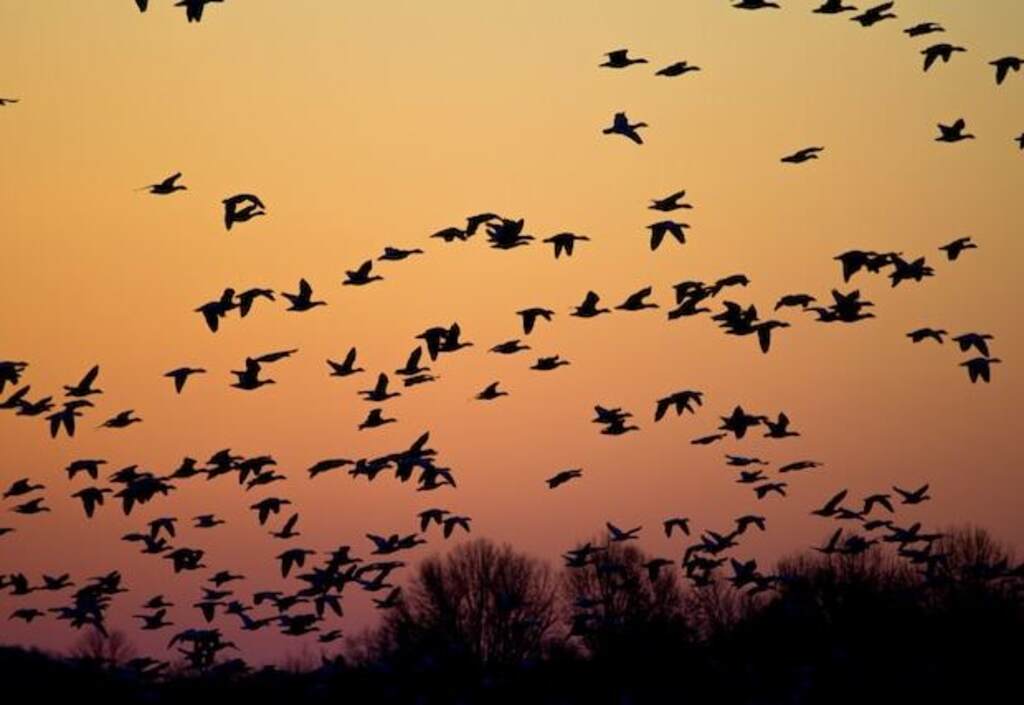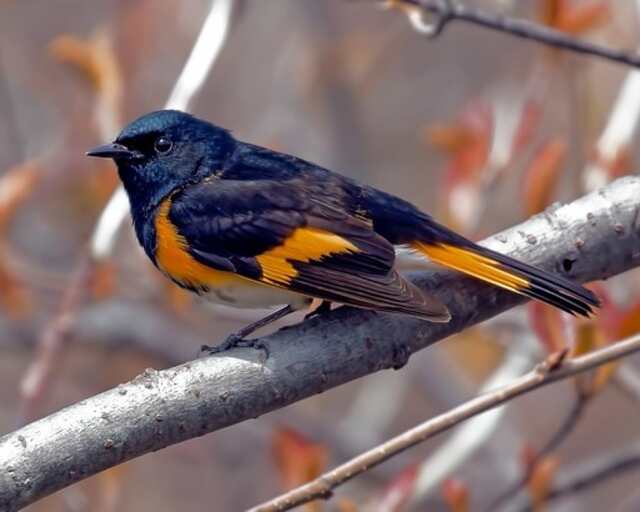Bird migration is a fascinating natural phenomenon that occurs seasonally in the United States. During this time, thousands of bird species embark on long journeys across the country, covering thousands of miles to reach their destinations. The diversity of migrating bird species is a testament to the remarkable adaptability of birds, as they are found in a wide range of habitats throughout the country.
In this article, we will explore 15 types of migrating birds found in the United States, their migration patterns, and the challenges they face during their journeys. We will also discuss the importance of bird conservation efforts and the need to protect their habitats for their survival.
Table of Contents
- 1 Key Takeaways:
- 2 15 Types of Migrating Birds in the United States
- 3 Understanding Bird Migration
- 4 Bird Migration Patterns
- 5 Importance of Bird Conservation
- 6 Identifying Migrating Bird Species
- 7 Common Migrating Birds in the United States
- 8 Bird Habitats and Migration
- 9 Challenges Faced by Migrating Birds
- 10 Bird Migration and Climate Change
- 11 Protecting Migratory Birds
- 12 Future of Migratory Birds
- 13 Conclusion
- 14 FAQs: 15 Types of Migrating Birds in the United States
- 14.1 What is bird migration?
- 14.2 Why do birds migrate?
- 14.3 How do birds know where to migrate?
- 14.4 How long do bird migrations usually last?
- 14.5 What are some common migrating bird species in the United States?
- 14.6 How can I identify migrating bird species?
- 14.7 What are the main threats to migrating birds?
- 14.8 How can I help protect migratory birds?
- 14.9 What is the future of migratory birds?
- 15 Author
Key Takeaways:
- Bird Migration Wonders: Discover the diverse species of migrating birds that traverse the United States each year.
- Seasonal Journeys: Explore the different migration seasons—spring and fall—and the routes these birds take.
- Distinctive Characteristics: Learn about the unique features and behaviors of each migratory bird.
- Ecological Significance: Understand the crucial role these birds play in maintaining ecosystem balance.
- Conservation Awareness: Gain insights into the conservation challenges and efforts to protect these avian travelers.
- Birdwatching Delight: Embrace the joy of birdwatching and the opportunity to witness these remarkable migrations.
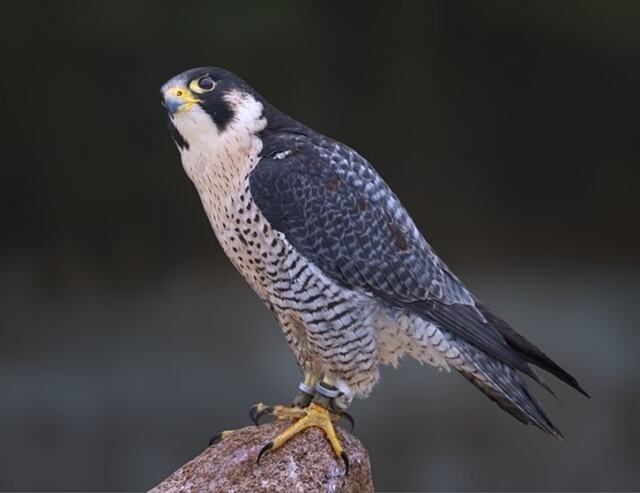
15 Types of Migrating Birds in the United States
Migrating birds are an important part of the ecosystem in the United States. There are many types of migrating birds that can be found in the country, including the American Goldfinch, Baltimore Oriole, Blackpoll Warbler, Blue Jay, Cedar Waxwing, Eastern Bluebird, Indigo Bunting, Northern Cardinal, Osprey, Peregrine Falcon, Ruby-throated Hummingbird, Sandhill Crane, Snow Goose, Tree Swallow, and Yellow Warbler.
These birds migrate to different parts of the country during different times of the year, depending on their breeding and feeding patterns. By understanding the patterns of migrating birds, we can better appreciate the diversity and complexity of the natural world around us.
Understanding Bird Migration
Bird migration is one of the most fascinating spectacles of the natural world. It is a seasonal movement of birds from one region to another, typically between breeding and non-breeding habitats. Migration is primarily driven by the availability of food and suitable climatic conditions. Bird migration is not a random or haphazard activity; it is a behavior that has evolved over millions of years and is hardwired into the genetic makeup of birds.
There are several theories about how birds navigate during migration. Some birds use the position of the sun and stars to guide them, while others rely on the Earth’s magnetic field. In addition, birds are able to navigate using landmarks and visual cues, such as mountain ranges, rivers, and coastlines. Recent research has also shown that birds may use their sense of smell to navigate during migration.
Birds undertake migration to exploit seasonally abundant resources, such as food and nesting sites. The availability of these resources varies with the changing seasons. For example, many bird species breed in the spring and summer when food is plentiful, and then migrate to warmer regions in the winter when food is scarce. Migration allows birds to avoid harsh weather conditions, such as extreme cold or drought, which can make it difficult to find food.
The timing of migration is also influenced by factors such as day length, temperature, and wind patterns. Birds will often attempt to time their migration to coincide with optimal conditions for travel, such as tailwinds that provide a boost to their flight speed. They may also adjust their migration patterns in response to changing environmental conditions, such as changes in temperature or precipitation.
Behavioral Changes During Migration
Migrating birds undergo several changes in their behavior to prepare for their journey. One of the most significant changes is the accumulation of fat stores, which serve as an energy source during migration. Birds will often eat voraciously before beginning their journey, sometimes doubling their body weight in preparation for the trip.
During migration, birds may also alter their sleep patterns, reducing the amount of time that they spend asleep in order to conserve energy. They will often fly long distances without stopping, sometimes for several days at a time, in order to reach their destination quickly.
Importance of Habitats for Migratory Birds
The availability of suitable habitats is crucial for the survival of migratory birds. During migration, birds rely on a network of stopover sites where they can rest and refuel before continuing their journey. These stopover sites may include coastal wetlands, grasslands, and forests, among others.
Changes in land use and habitat degradation pose significant threats to migratory birds. Habitat loss results in the loss of critical stopover sites, making it more difficult for birds to complete their journey. Land development, agricultural expansion, and other human activities can also disrupt migration patterns and reduce the availability of suitable habitats.
By understanding the behavior and habitat needs of migratory birds, we can work to protect and conserve these remarkable creatures for future generations to enjoy.
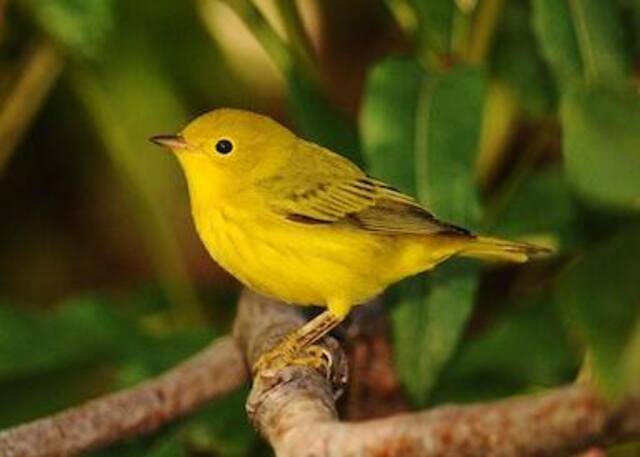
Bird Migration Patterns
Migratory birds exhibit different patterns of movement across the United States. Some species travel long distances north to south, while others migrate east to west. The timing of migration also varies between species, with some starting in the fall and others in the spring.
One of the most important factors influencing bird migration is food availability. Birds often travel to areas with abundant food sources, such as insect outbreaks or fruit-bearing trees. Weather patterns also play a role, with birds avoiding adverse conditions such as storms or extreme temperatures.
Bird Migration Routes
Birds typically follow established routes during migration, known as flyways. There are four major flyways in the United States: Pacific, Central, Mississippi, and Atlantic. These routes can span thousands of miles and cross diverse habitats, including forests, grasslands, and wetlands.
Some migratory birds travel in flocks, while others journey alone or in small groups. Some birds, such as shorebirds, stop frequently to rest and feed during their journey, while others travel non-stop for days or even weeks.
Migratory Bird Species
There are over 350 migratory bird species in the United States, each with their own unique migration pattern. Some of the most well-known migratory birds include American Goldfinches, Warbling Vireos, Ruby-throated Hummingbirds, and Baltimore Orioles.
While many migratory birds travel to Central and South America during the winter months, some species remain in the United States year-round or migrate to other locations such as the Caribbean or Mexico.
Understanding bird migration patterns is essential for conservation efforts, as changes to migratory routes or timing can have significant impacts on bird populations. By protecting habitats and reducing threats such as climate change and habitat loss, we can help ensure the survival of these remarkable migratory birds.
Importance of Bird Conservation
The conservation of birds, particularly migratory species, is critical for maintaining healthy ecosystems and biodiversity. Migratory birds play a vital role in pollination, seed dispersal, and insect control, making them invaluable for maintaining the balance of nature.
However, migratory birds face significant threats during their journeys, including habitat loss, hunting, and environmental changes caused by human activities. The loss of habitats such as wetlands, forests, and grasslands, has led to a decline in migratory bird populations, threatening their survival.
Bird conservation efforts aim to address these threats and preserve the habitats necessary for migratory birds. By protecting and restoring habitats, we can help support the survival of these species and promote biodiversity.
| Threats to Migratory Birds | Impact on Bird Populations |
|---|---|
| Habitat loss and degradation due to urbanization, agriculture, and industrial development | Decline in migratory bird populations, loss of biodiversity |
| Climate change and changing weather patterns | Disruption of migration patterns, altered breeding and feeding behaviors |
| Predation and hunting | Reduction in bird populations, ecological imbalance |
Conservation efforts involve a range of strategies, including the establishment of protected areas, habitat restoration, and monitoring and research programs. The involvement of local communities and public education campaigns also play a crucial role in encouraging conservation efforts.
In addition, international agreements such as the Migratory Bird Treaty Act and the Convention on Biological Diversity aim to protect migratory bird species and their habitats. The signing and implementation of these agreements demonstrate the recognition of the importance of migratory birds and the need for international cooperation to protect them.
Overall, bird conservation efforts play a vital role in protecting migratory bird species and preserving ecosystems. Through these efforts, we can ensure that these remarkable creatures continue to grace our skies and contribute to the delicate balance of nature for generations to come.
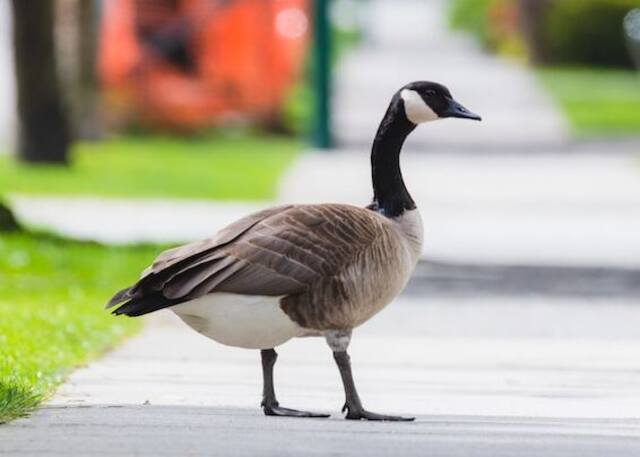
Identifying Migrating Bird Species
Identifying different migrating bird species is an exciting experience for birdwatchers. Here are some tips to help you identify bird species:
Listen to Their Calls and Songs
Many bird species are identified by their unique calls and songs. Familiarize yourself with the sounds by listening to recordings or joining birdwatching groups that can help you recognize them.
Observe Their Physical Features
Look for unique physical features such as color, size, and shape of the bill, wings, and tail. These can help identify specific bird species.
Understand Their Behavior
Observing the behavior of birds in their natural habitats can help with identification. For example, some bird species have distinct flight patterns or foraging behaviors, which can help distinguish them from other species.
Use Field Guides and Apps
Field guides and bird identification apps can assist you in identifying bird species. They provide images, calls, habitat information, and behavior descriptions for each bird species to aid in identification.
Join Birdwatching Tours
Joining birdwatching tours or groups led by experienced birders can help fine-tune your identification skills, as well as provide opportunities to learn about new bird species and habitats.
Common Migrating Birds in the United States
The United States is home to a diverse range of migratory bird species, each with unique characteristics and patterns. Below are the 15 most commonly found migrating bird species in the country:
Certainly! Here’s an additional migrating bird to make it a total of 15 birds for your article:
| Bird Species | Migration Pattern |
|---|---|
| Sandhill Crane | Long-distance migration from northern North America to southern United States and Mexico |
| Ruby-throated Hummingbird | Non-stop flight across the Gulf of Mexico from North America to Central America and the Caribbean |
| Snow Goose | Long-distance migration from Arctic breeding grounds to southern United States and Mexico |
| Peregrine Falcon | Long-distance migration from northern North America to southern United States and Mexico |
| Yellow Warbler | Migrates from Canada and northern United States to Central and South America |
| Osprey | Migrates from North America to Central and South America |
| Tree Swallow | Migrates from northern North America to southern United States and Mexico |
| Prothonotary Warbler | Migrates from eastern North America to Central and South America |
| Canada Goose | Migrates from northern North America to southern United States and Mexico |
| Sora | Migrates from northern North America to southern United States and Mexico |
| Common Loon | Long-distance migration from northern North America to southern United States and Mexico |
| Golden Eagle | Long-distance migration from northern North America to southern United States and Mexico |
| Blackpoll Warbler | Migrates from eastern North America to South America, crossing the Atlantic Ocean in non-stop flight |
| Northern Pintail | Migrates from northern North America to southern United States and Mexico |
| American Redstart | Migrates from North America to Central and South America, known for its colorful plumage |
These birds cover thousands of miles each year, crossing oceans and continents to reach their breeding and wintering grounds. Their diverse migration patterns and routes highlight the remarkable adaptations and behaviors of migratory bird species.

Bird Habitats and Migration
Birds migrate to different habitats throughout the year in search of suitable breeding and feeding grounds. The availability of specific habitats, such as wetlands, forests, and grasslands, plays a crucial role in the migration patterns of many bird species.
For instance, many warbler species migrate to the boreal forests of Canada to breed in the summer and then head to the tropics to spend the winter in warmer climates. Shorebirds, on the other hand, rely on the availability of coastal habitats to fuel up on food resources before continuing their long journeys to their breeding grounds in the Arctic.
Migrating birds face numerous challenges along their journey, including habitat loss and degradation. The destruction of key habitats can disrupt migration patterns and affect bird populations, leading to declines in their numbers over time.
Conservation efforts aimed at protecting and restoring bird habitats are crucial to ensure the survival of migratory bird species. Restoring degraded habitats can help improve the quality and quantity of food resources available to birds, while the protection of critical habitats can help safeguard breeding and nesting areas.
The Importance of Suitable Habitats for Migratory Birds
Migrating birds rely on a variety of habitats throughout their journey, including stopover sites where they rest and refuel, and breeding grounds where they can successfully raise their young.
The loss and degradation of habitat, including the destruction of wetlands, forests, and grasslands, can have devastating effects on bird populations. Many bird species are already facing significant declines due to habitat loss and other threats, including climate change.
Protecting and restoring bird habitats is essential for the survival of migratory bird species. Efforts to maintain and restore key habitats can improve bird populations and provide long-term benefits for ecosystems as a whole.
Challenges Faced by Migrating Birds
Bird migration is a perilous journey, with many challenges and obstacles along the way. Migratory birds face a variety of threats, from natural predators to human-caused environmental changes. Here are some of the most significant challenges faced by migrating birds:
Climate Change
The changing climate has a significant impact on bird migration patterns. As temperatures shift and weather patterns become less predictable, birds may struggle to find suitable breeding and nesting grounds or food sources. This can lead to disruptions in migration patterns, with birds arriving at their destination either too early or too late, and struggling to find food or mates.
Habitat Loss
Habitat loss is a significant threat to migratory birds, as it can disrupt their migratory patterns and leave them without suitable places to breed and nest. Development, deforestation, and other human activities can all contribute to habitat loss, leaving migratory birds struggling to find safe and suitable places to rest and feed.
Human Disturbance
Human activities such as hunting, urbanization, and recreation can all cause disturbances that disrupt migratory patterns and threaten the survival of migratory bird species. These disturbances can make it difficult for birds to find safe places to rest and feed, and can even lead to direct harm or mortality.
Predation
Predators such as feral cats, domestic dogs, and invasive species can pose a significant threat to migratory birds, particularly during resting and feeding periods. Many migratory birds depend on specific habitats for their survival, and when these habitats are disrupted or destroyed, they become more vulnerable to predation.
Protecting migratory birds is critical to ensure their survival and preserve the beauty and wonder of these remarkable creatures. Efforts to mitigate climate change, preserve habitats, and reduce human disturbance can all help to protect migratory bird species and ensure that they continue to thrive for generations to come.
Bird Migration and Climate Change
Bird migration patterns are intricately tied to environmental conditions, particularly temperature and the availability of food and water. Climate change is causing significant disruption to these conditions, with far-reaching implications for migratory birds.
Rising temperatures and changing weather patterns are affecting the timing of bird migration, with some species shifting their migrations earlier or later than usual. This can have a ripple effect throughout the ecosystem, as birds may arrive at their breeding grounds too early or too late, potentially disrupting food webs and nesting patterns.
Changes to habitat availability are also impacting migratory birds, particularly those that rely on specific habitats for breeding or refueling during their journeys. As temperatures rise, some habitats may become unsuitable for certain species, while others may shift their range to follow more hospitable conditions.
Climate change is also contributing to habitat loss, as rising seas and more frequent extreme weather events degrade or destroy critical nesting and feeding areas for migratory birds. This loss of habitat can have especially dire consequences for already threatened species, further compounding their vulnerability to other stressors such as predation, hunting, and invasive species.
What Can we do?
Addressing the impacts of climate change on migratory birds will require a coordinated effort at the local, national, and international levels. One crucial step is to reduce greenhouse gas emissions and limit the extent of climate change through the adoption of more sustainable practices in energy production, transportation, and agriculture.
Conservation measures that protect and restore habitats for migratory birds are also essential. This includes the protection of wetlands, coastal areas, and other important habitats that serve as stopovers or breeding grounds for migratory birds. Collaborative efforts that involve a range of stakeholders, including government agencies, non-profits, and private landowners, can be most effective in achieving these goals.
Finally, public awareness and education are crucial in building support for migratory bird conservation and climate action. Individuals can help by supporting conservation organizations, reducing their carbon footprint, and advocating for policies that prioritize the protection of our planet’s biodiversity.
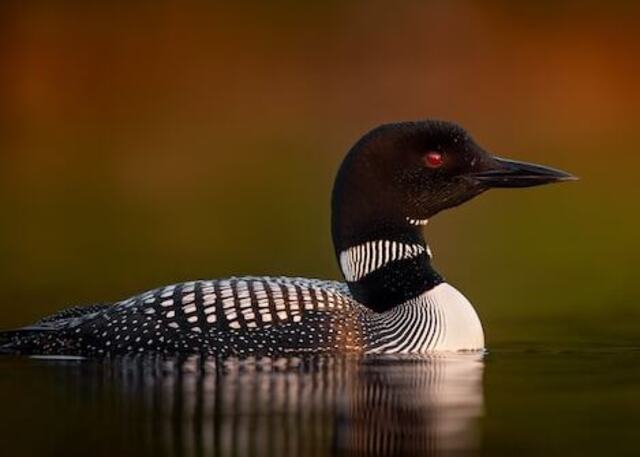
Protecting Migratory Birds
Bird conservation is a crucial component of protecting migratory birds. With the various threats faced by birds during their seasonal journey, it is vital to have initiatives and organizations dedicated to their preservation. The importance of bird conservation cannot be overstated.
The protection of migratory birds involves a range of efforts, from habitat management to public education. Conservation organizations, such as the National Audubon Society and the American Bird Conservancy, are working to protect bird species across the country. They employ various strategies, such as creating bird-friendly habitats, implementing policy changes, and public outreach programs.
Individuals can also contribute to bird conservation efforts. One way to support bird conservation is through citizen science programs, where people can help collect data on bird populations and movements. Many conservation organizations offer numerous opportunities for individuals to get involved and make a difference.
Protecting migratory birds is not only essential for their survival but also for maintaining healthy ecosystems. Migratory birds play a vital role in pollination, seed dispersal, and pest control. Additionally, birdwatching tourism generates billions of dollars in revenue for local economies. Therefore, conservation efforts benefit both the birds and the communities they inhabit.
In conclusion, protecting migratory birds requires a collaborative effort between conservation organizations, policymakers, and individuals. It is essential to recognize the value of bird conservation, especially for migratory birds, and to take action to ensure their survival for future generations.
Future of Migratory Birds
The future of migratory birds is uncertain, and the challenges they face are significant. Climate change, habitat loss, and predation pose major threats to these remarkable creatures. As species struggle to adapt to changing environmental conditions, their migration patterns are likely to shift, which could have profound implications for their survival.
To mitigate these threats, bird conservation efforts are more crucial than ever. Researchers, conservation organizations, and policymakers are working to understand the complex ecological and social factors that affect migratory bird populations. Measures such as habitat protection, bird-friendly farming practices, and reduction of greenhouse gas emissions will be essential to ensure the survival of these species in the coming decades.
Public awareness and engagement are also crucial to the success of conservation efforts. Individuals can play a role in protecting migratory birds by supporting conservation organizations, advocating for bird-friendly policies, and reducing their carbon footprint.
Despite the challenges ahead, there is still hope for the future of migratory birds. With continued research, conservation measures, and public awareness, we can work towards a future where these remarkable creatures continue to grace our skies and inspire our imaginations.
Conclusion
In conclusion, migratory birds play a vital role in the ecosystem of the United States, and their conservation should be a top priority. The fascinating journeys of these 15 types of migrating birds highlight the incredible diversity of bird species and their unique migration patterns.
Despite the many challenges they face, including habitat loss, predation, and climate change, there is hope for the future of migratory birds. With continued research, conservation efforts, and public awareness, we can ensure their survival for future generations to enjoy.
So next time you see a flock of migrating birds passing overhead, take a moment to appreciate the beauty and wonder of these remarkable creatures, and remember the importance of protecting them.
FAQs: 15 Types of Migrating Birds in the United States
What is bird migration?
Bird migration is the seasonal movement of birds from one location to another. It is a natural behavior exhibited by many bird species as they search for suitable habitats and resources.
Why do birds migrate?
Birds migrate for various reasons, including the search for food, breeding opportunities, and favorable climates. Some birds migrate thousands of miles to take advantage of different resources and habitats during different seasons.
How do birds know where to migrate?
Birds navigate during migration using a variety of cues, including the position of the sun, stars, and Earth’s magnetic field. They also rely on visual landmarks and their innate sense of direction.
How long do bird migrations usually last?
The duration of bird migrations varies depending on the species and the distance they need to cover. Some birds may migrate for a few weeks, while others can undertake journeys lasting several months.
What are some common migrating bird species in the United States?
Some common migrating bird species found in the United States include the American Robin, Ruby-throated Hummingbird, Canada Goose, Snowy Owl, and Black-throated Blue Warbler, among others.
How can I identify migrating bird species?
To identify migrating bird species, you can observe their physical characteristics, such as size, coloration, and shape. Additionally, studying their behavior, habitat preferences, and vocalizations can help in accurate identification.
What are the main threats to migrating birds?
Migrating birds face various threats, including habitat loss, climate change, pollution, and predation. These factors can disrupt their migration patterns, reduce available resources, and impact their overall survival.
How can I help protect migratory birds?
You can contribute to the protection of migratory birds by supporting bird conservation organizations, creating bird-friendly habitats in your own backyard, and advocating for policies that prioritize bird conservation.
What is the future of migratory birds?
The future of migratory birds depends on conservation efforts, research, and public awareness. By taking collective action to protect their habitats and address the challenges they face, we can help ensure a sustainable future for these remarkable species.

